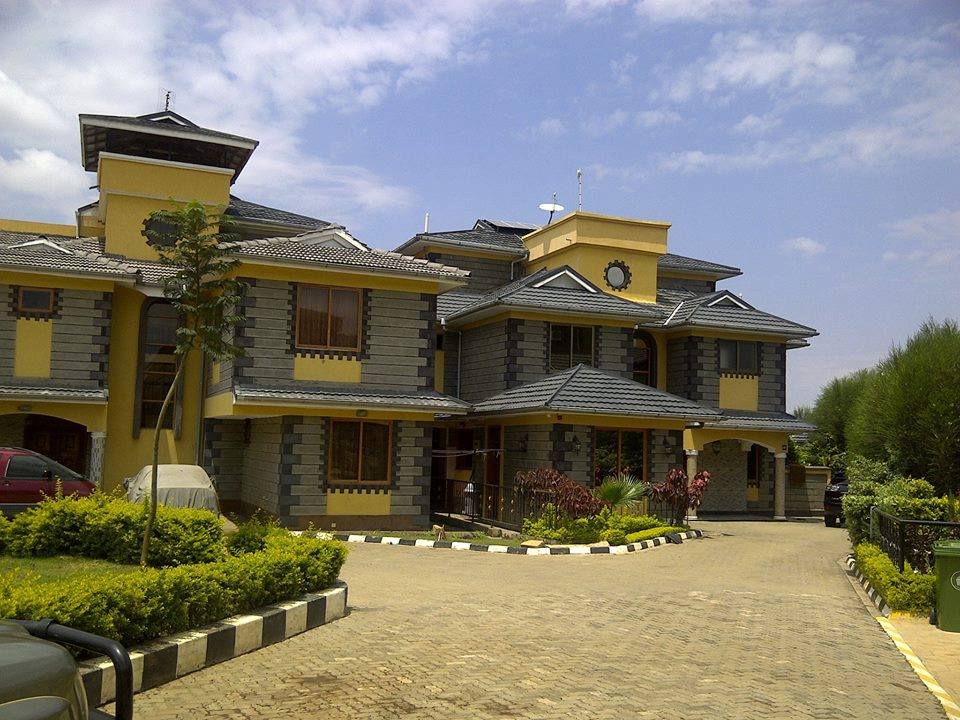Nairobi’s population of nearly 4.5 million residents provides a huge challenge for the city county administration as far as housing is concerned. The metropolis in the sun is growing rapidly at 3.8 per cent in a year.
According to available statistics, most of the housing is rented, with 34 per cent living in single-room dwellings in the slums and 36 per cent in the fast-growing single-room high-rise blocks that have come to dominate most of the peri-urban areas.
As the city continues to grow, so are its major challenges. There is inadequate housing in the city itself, hence the growth and development of what are often referred to as the capital city’s “bedrooms”.
It may sound derisive, but these are actually the housing units and residential estates in the nearby counties of Machakos, Kajiado and Kiambu, whose populations swell at night and sharply decline during the day, as hordes of people troop to work in the city.
Housing development on the outskirts of the capital has been a boon to the city, easing the burden of water supply, and provision of other amenities. Nairobi is perhaps the only major city or capital on the continent and in the world that rations water, supplying the precious life-sustaining commodity to the residents only once a week.
The development of the “bedrooms” provides an opportunity to delocalise and devolve the problem.
The growth of Kitengela, Athi River, Ongata Rongai, Syokimau, Githurai, Kayole, Kikuyu, Kabete, Rwaka and Limuru is an answer to some of the problems facing the capital city. Those who work in Nairobi and go to sleep in the townships on the city’s periphery, including Ongata Rongai and Syokimau, have serious transport problems.
For a number of years, traffic congestion was acute on the Magadi Road and Waiyaki Way, leading to the mushrooming accommodation on the capital city’s outskirts.
Nairobi has been grappling with traffic congestion, which gobbles up resources that could have been put to good use elsewhere. President Uhuru Kenyatta’s administration has been concentrating on the development of infrastructure.
The Thika Superhighway was built during his predecessor, Mwai Kibaki’s tenure. Its implementation is one of the integrated transport network projects in Nairobi to curb the huge losses due to traffic congestion.
Says the President: “The estimated value of time lost to travel in Nairobi is between Sh80 million and Sh400 million per month, with congestion costing the country about Sh50 million daily. Needless to say, this loss in productivity has impacted adversely the growth of our economy.”
He has also commissioned the new-look Nairobi Central Railway Station and unveiled commuter rail services across 10 stations in the Nairobi metropolitan region that will be served by modern trains, referred to as Diesel Multiple Units (DMUs).
The rapid urban growth has led to a high housing demand. The Ministry of Housing estimates that at least 200,000 new housing units are needed every year to meet the shortage. Nairobi is getting overcrowded and is short of homes and space for the newcomers. But more are arriving in the city, lured by the promise of greener pastures.
Nairobi Expressway
The biggest ongoing project is the Nairobi Expressway, the 27-kilometre elevated road on top of Mombasa Road that runs from Mlolongo to the James Gichuru Road junction at Westlands.
It is expected to greatly ease traffic congestion when it is completed early next year. Its construction has greatly disrupted the lives of city residents and works from these satellite settlements, with horrendous traffic jams. They can’t wait to see it completed.
The biggest real estate development on Nairobi’s outskirts is now at Syokimau and Mlolongo, where highrise residential blocks are literally cropping up daily. The investors are maximising on space by putting up storey-buildings unlike in Ongata Rongai and Kitengela, where many people mostly bought land to build maisonettes.
It will take a long time and more investment, especially in roads and other infrastructure to make Nairobi’s “bedrooms” more habitable. Today, what greets one as one approaches any of the beautiful apartment blocks that have sprung up is stench and dusty murram roads.
The national government should team up with the counties to build the infrastructure, including water supply systems and provide incentives for private investors to build homes for Nairobi’s fast-growing population and the native residents of these areas.
The impressive shopping malls, schools, and residential blocks that dot these areas are proof that private capital can be attracted to these virgin areas waiting for exploitation.
One of the most glaring omissions in these developments is the lack of recreational facilities.
Kenyans are quick to put up bars and restaurants to promote their favoured nyama choma culture, but these peri-urban areas need sports facilities such as football, netball, hockey, athletics pitches and public swimming pools.
Developing little complete towns on the capital’s outskirts is the most effective way to deconges the city.
khagunda@gmail.com




